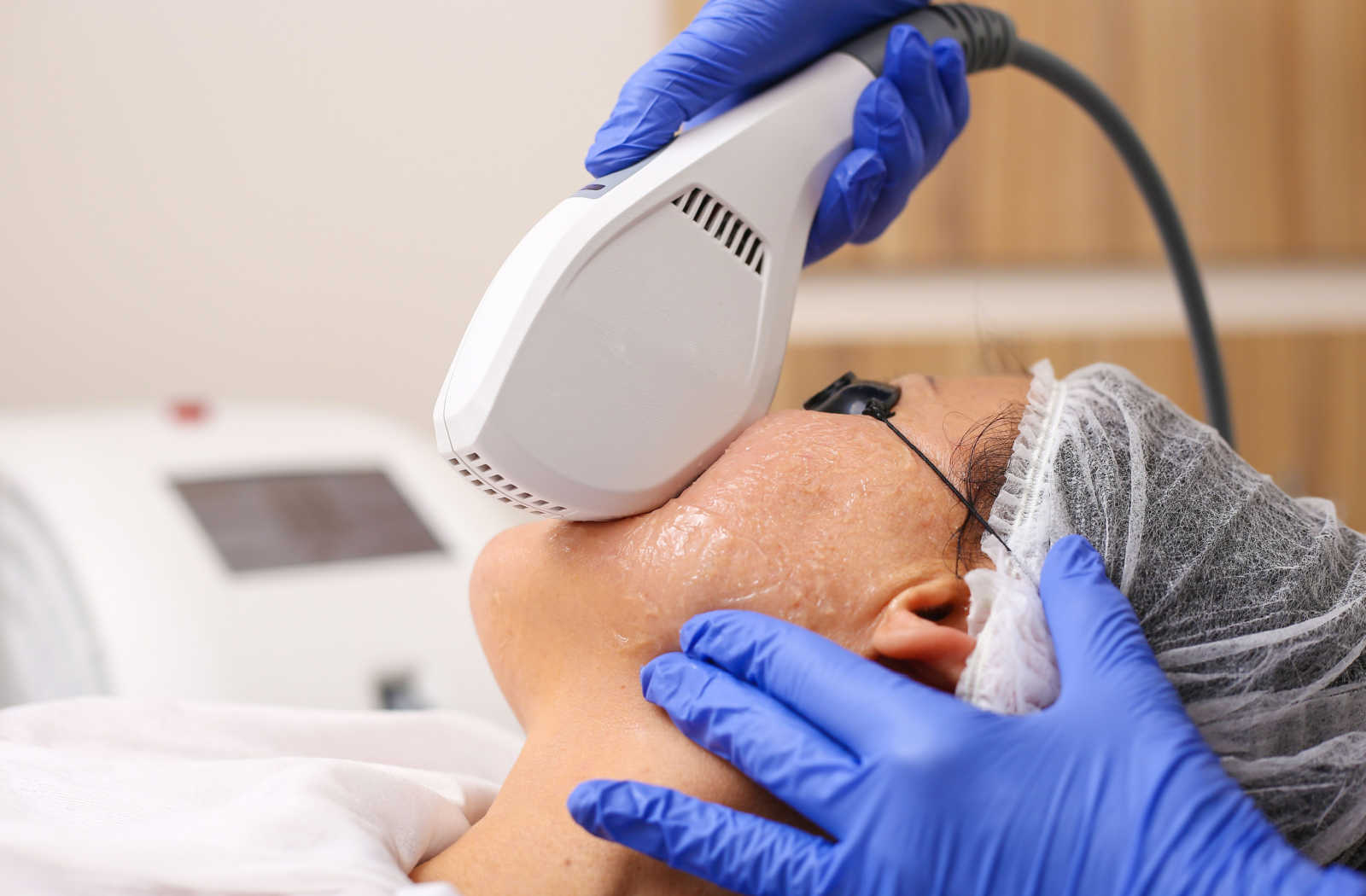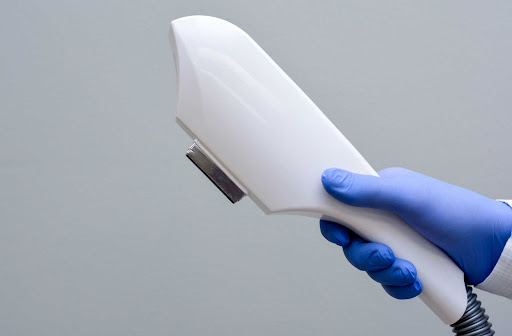Dry eyes can be irritating and uncomfortable, but your eye doctor has ways to help relieve your symptoms. One way to do this is with IPL therapy, an innovative treatment for inflamed eyes. If you’re interested in IPL treatment, how does it work?
Continue reading to learn more about dry eyes, what IPL is, how IPL works, and what to expect during treatment.
Dry Eyes: What They Are & Why They Happen
Dry eye is a common and chronic condition many people have, lowering their quality of life. It’s a pesky condition where your tears cannot effectively hydrate your eyes, leading to irritation and discomfort. Your eyes become dry due to issues with the tear film, 3 layers (mucin, water, oil) that help hydrate and protect your eyes.
Nearly 16 million Americans live with dry eyes, experiencing several irritating symptoms, including:
- A scratchy feeling in the eye
- Stinging or burning eyes
- Red eyes
- Light sensitivity
- Blurry vision
Many factors can affect dry eye development, but decreased tear production and increased tear evaporation are the common causes of this condition. Your doctor can take a detailed look at your eyes to determine the source of your dry eyes.
Decreased Tear Production
Decreased tear production occurs when your body doesn’t make enough tears. This condition typically happens due to age, but other factors can contribute.
Potential causes of decreased tear production include:
- Certain medical conditions like Sjogren’s syndrome
- Certain medications like antihistamines, antidepressants, & pain relievers
- Desensitized corneal nerves
Increased Tear Evaporation
Increased tear evaporation occurs when your tears dry out too quickly, leading to irritation. Issues with the meibomian glands, the glands responsible for the oily layer of your tear film, commonly cause faster evaporation.
This oil is essential for preventing your tears from evaporating faster than they should. When the meibomian glands become compromised, the eye becomes dry and inflamed.
Some possible causes of increased tear evaporation include:
- Meibomian gland dysfunction
- Infrequent blinking
- Eyelid problems like entropion & ectropion
- Eye allergies
- Preservatives in over-the-counter eye drops
- Wind, smoke, or dry air
- Vitamin A deficiency
No matter the cause of your dry eyes, your optometrist can recommend ways to relieve your symptoms. The best treatments for your symptoms depend on the type of dry eyes you have. A common treatment for dry eye caused by meibomian gland issues is intense pulsed light therapy.

What Is Intense Pulsed Light (IPL) Therapy?
Intense pulsed light (IPL) therapy is a way to lower inflammation in the eyelids and increase oil flow. This technology uses pulses of light to treat the blood vessels around your eyes, reducing inflammation and melting blockages in the meibomian glands.
Noninvasive and quick, many people tolerate treatment well. It’s common for people to receive IPL treatment to address meibomian gland dysfunction.
This treatment can help restore functionality to the tear film and improve your daily comfort. Previous research found that IPL improved tear evaporation time in 87% of the study’s patients.
How Does IPL Work for Dry Eyes?
IPL treats dry eyes with the use of different lightwaves. Light pulses target the inflamed blood vessels in and around the eye while simultaneously heating your meibomian glands. The gentle heat on your eyes removes blockages in the glands, helping your tears hydrate the eye’s surface for longer.
While each person is different, IPL usually requires multiple treatments to improve dry eye symptoms. Many patients do see results within the first or second treatment, but most patients will need 4 treatments to notice an improvement in their eyes. Your eye doctor will let you know how many treatments you’ll likely need, depending on your unique dry eye situation.
What Can You Expect During Treatment?
IPL involves several steps. Using a handheld treatment device, your eye doctor will treat the source of your irritation. You may need to avoid overexposure to the sun, tanning creams, tanning beds, or certain medications in the weeks before your appointment.
While every doctor is different, you can expect the following during your appointment:
- Your doctor will fit protective goggles over your eyes.
- A cooling gel goes over the treatment area.
- Your doctor holds the IPL device over your eyelids, using light to heat the meibomian glands & release trapped oil.
- Your doctor manually expresses oil to help stimulate the natural production of the glands (depending on the doctor).
After treatment, your eye doctor will provide you with aftercare instructions and plan your next appointment in a few weeks. If IPL isn’t helping your symptoms, your optometrist has several other treatment options available—from in-office treatments to prescription medications.
Dry Eyes Don’t Need to Last Forever
While dry eyes are common and uncomfortable, you don’t need to just deal with them. Your eye doctor is here to help—with several ways to relieve your symptoms. They’ll determine the root cause of your irritation before creating a customized treatment plan. Contact your eye doctor if you’re experiencing dry eye symptoms. They can help you kick dry eyes to the curb!




